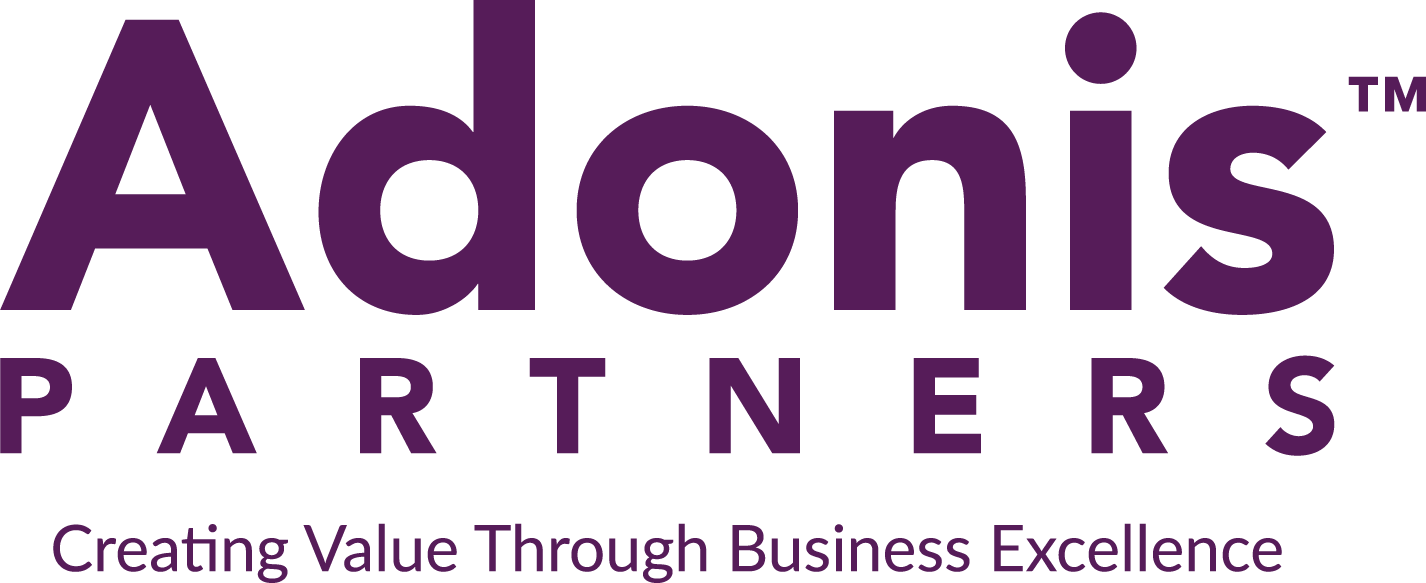
3 Types of ISO Audits

ISO, also known as the International Organization for Standardization, is an international organization initially started in 1946. Originally starting with delegates from 25 different countries, ISO currently has 162 countries represented by its members. The goal of ISO is to develop and coordinate industrial standards in areas ranging from data storage to manufacturing. In this article, we will give you a brief overview of the three types of ISO audits and how different audits are conducted.
Types of Audits
There are three types of audits: internal, external, and for certification. Internal audits are used to gauge the strengths and potential pitfalls present in your organization based on the external standards your business wants to meet. External audits can be conducted by a customer who may have concerns about whether suppliers are complying with the standards outlined in their contractual obligations or an external source to help identify gaps or opportunities within an organization’s quality system for improvement. Finally, there is the certification audit. Passing the certification audit is the ultimate goal of most organizations to become ISO certified. Internal audits are generally done to support this goal.
Ways to Conduct Audits
Audits generally are conducted in one of three ways: remotely, on-site, or through a self-audit. As a result of the pandemic, it’s become more likely that rather than an on-site audit that will likely last for days, remote audits be held through teleconferencing or other electronic ways. As for self-audits, while they can be internal, they can also be requested by customers to see if your business is meeting agreed-upon standards.
There are many different types of ISO audits and ways to conduct them to get your ISO certification. Through our services, Adonis Partners dives deep into all available data to reveal a story about your business – whether it be regarding ISO standards or other benchmarks with the ultimate goal of improving the future.
Share this article
Related Articles

Ben has deployed CI programs to organizations and also lead quality organizations through ISO 9001:2015 and ISO 14001:2015 deployments as a Director of Quality. He has deep experience with Fortune 500 companies like Bayer, Siemens, Danaher, Ecolab, and Medtronic. He is deeply passionate about improvement and creating learning and improving environments.

